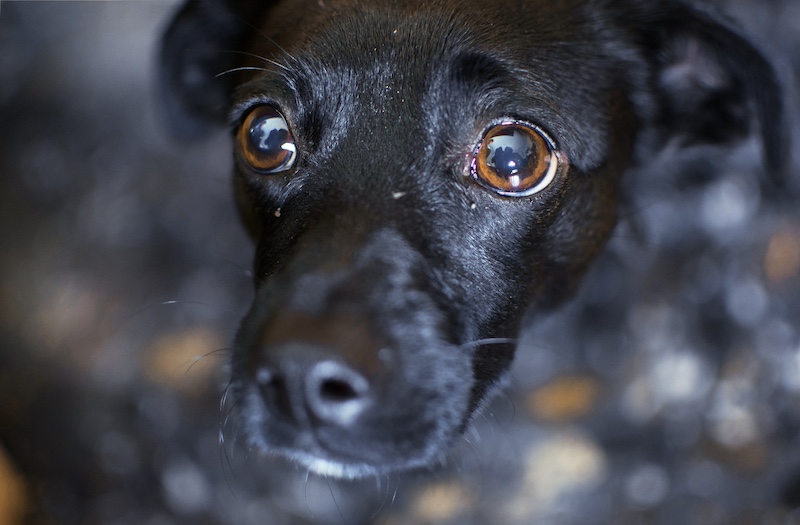Separation anxiety is a common issue many dog owners face. It manifests in behaviors such as excessive barking, destructive chewing, and even soiling inside the house when the dog is left alone. This can be stressful for both the dog and the owner. Fortunately, there are strategies you can implement to help ease your dog’s separation anxiety. Here are ten effective tips to help your furry friend feel more comfortable when left alone.
1. Gradual Desensitization
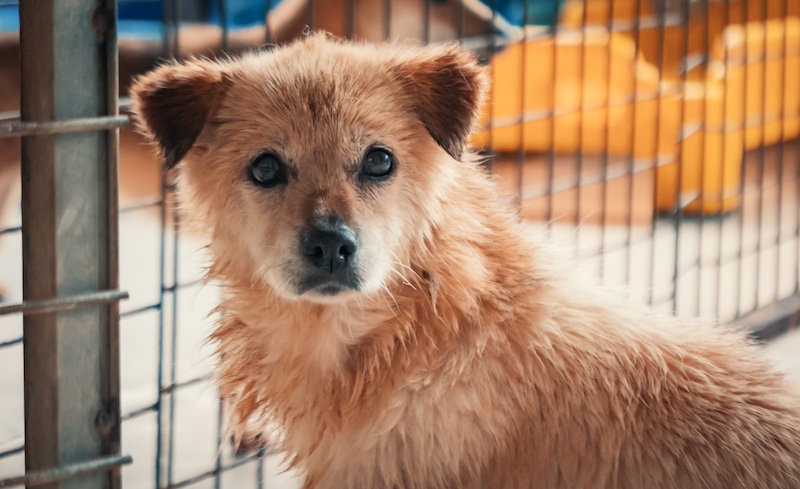
One of the most effective methods to reduce separation anxiety is gradual desensitization. Start by leaving your dog alone for short periods and gradually increase the duration. For example, you can begin by stepping out for a few minutes and then extending the time to 15 minutes, 30 minutes, and so on. This teaches your dog that your absence is temporary and that you will always return.
2. Create a Safe Space
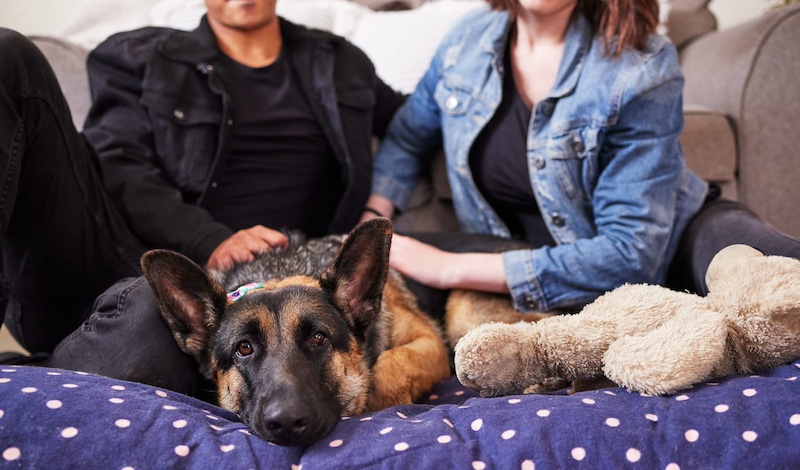
Designate a comfortable and secure area in your home where your dog can stay while you’re away. This could be a crate, a specific room, or a cozy corner with their bed and favorite toys. Make this space inviting and positive, associating it with good experiences like treats and praise.
3. Provide Plenty of Exercise
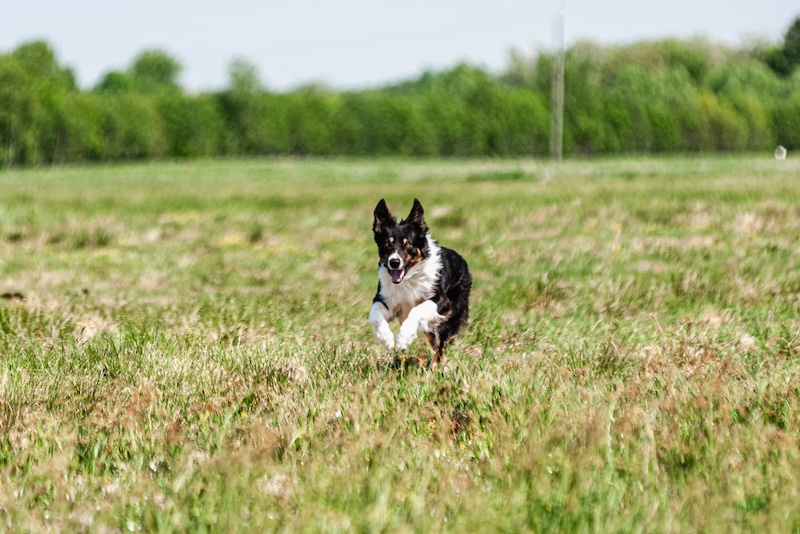
A tired dog is a happy dog. Regular physical exercise and mental stimulation can significantly reduce anxiety. Before leaving the house, engage your dog in activities such as a long walk, a game of fetch, or some interactive play. This helps burn off excess energy and can make them more relaxed during your absence.
4. Use Puzzle Toys and Treat Dispensers
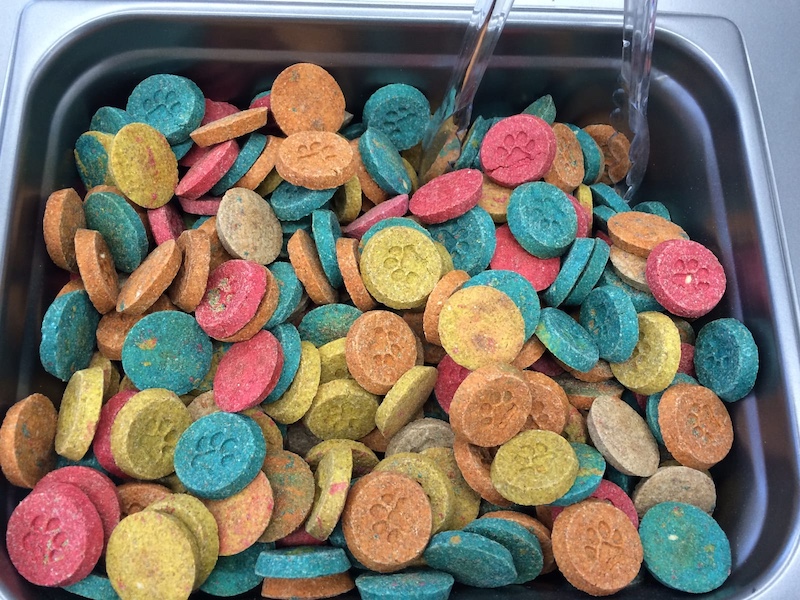
Interactive toys and treat dispensers can keep your dog occupied and distracted from the fact that you’re not around. Toys that challenge their mind and reward them with treats can be especially effective. These toys provide mental stimulation and can help alleviate boredom and anxiety.
5. Practice Short Departures and Returns
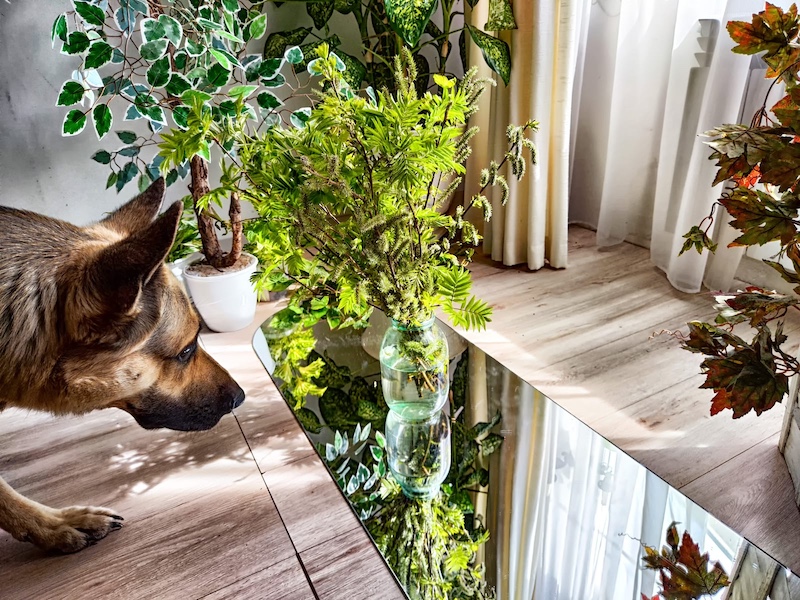
Help your dog get used to the routine of your departures and returns by practicing them frequently without actually leaving for long periods. Put on your shoes, grab your keys, and go through the motions of leaving the house. After a few minutes, return and calmly greet your dog. This reduces the anticipation and anxiety associated with your departures.
6. Stay Calm During Departures and Arrivals
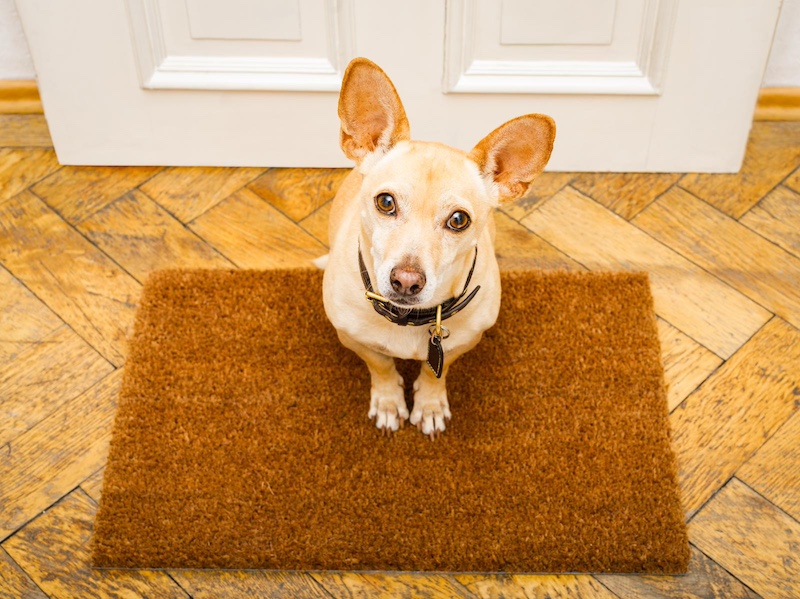
Your dog can pick up on your emotions. If you’re anxious or overly emotional when leaving or returning home, your dog may mirror these feelings. Stay calm and composed during these times. Avoid lengthy goodbyes and overly enthusiastic greetings. Instead, be calm and neutral to show your dog that leaving and returning are no big deal.
7. Establish a Consistent Routine

Dogs thrive on routine. A consistent schedule for feeding, walks, playtime, and departures can provide a sense of stability and predictability. When your dog knows what to expect and when to expect it, they are likely to feel more secure and less anxious.
8. Use Calming Aids
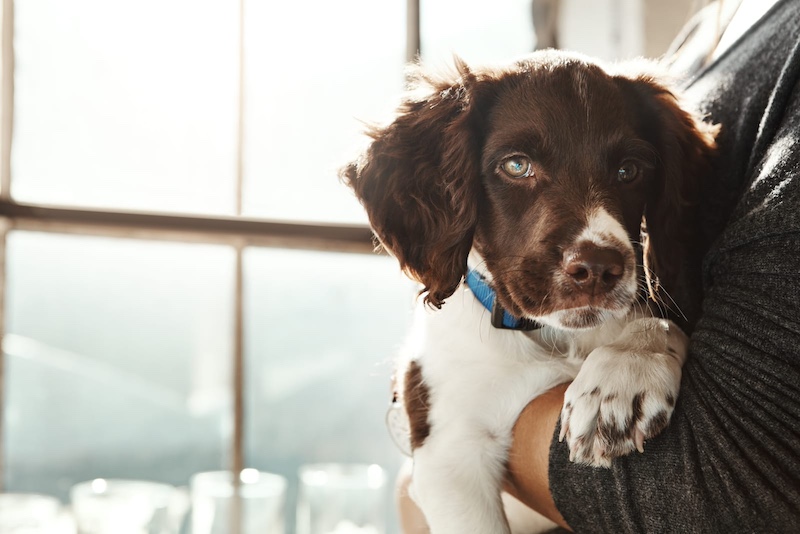
There are various calming aids available that can help reduce anxiety in dogs. These include pheromone diffusers, anxiety wraps like Thundershirts, and calming supplements. Pheromone diffusers release synthetic versions of the calming pheromones that mother dogs emit, creating a soothing environment. Anxiety wraps provide gentle, constant pressure that can have a calming effect.
9. Consider Professional Help
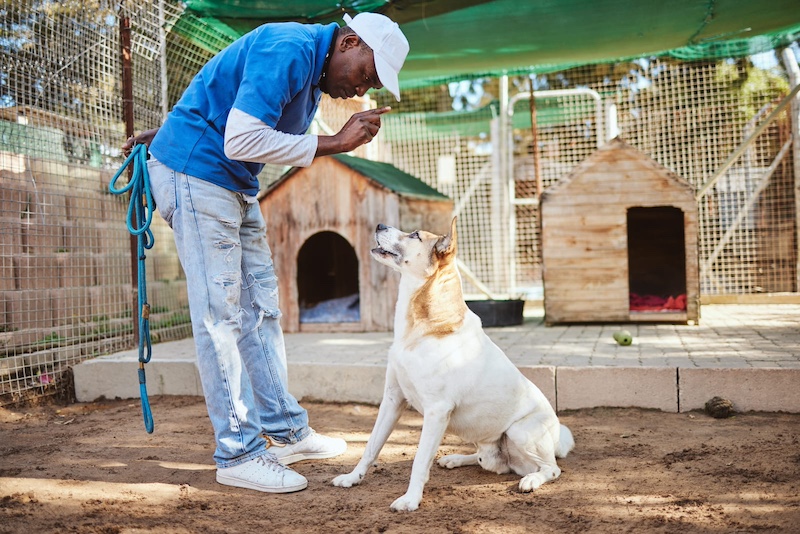
If your dog’s separation anxiety is severe and none of the above strategies seem to be working, it may be time to seek professional help. A certified dog behaviorist or trainer can provide personalized guidance and create a behavior modification plan tailored to your dog’s specific needs. In some cases, a veterinarian may recommend medication to help manage anxiety.
10. Avoid Punishment
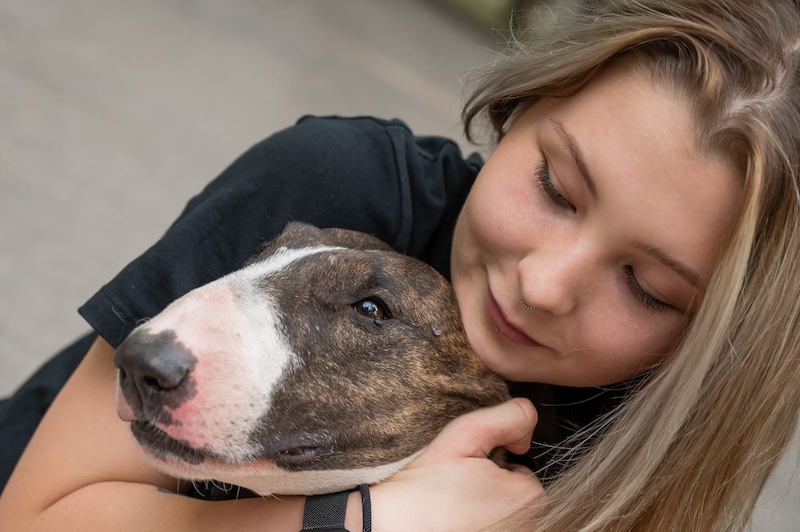
Punishing your dog for behaviors related to separation anxiety is not only ineffective but can also make the problem worse. Anxiety-driven behaviors are not a result of disobedience but of genuine distress. Instead of punishment, focus on positive reinforcement and training techniques to encourage calm and relaxed behavior.

